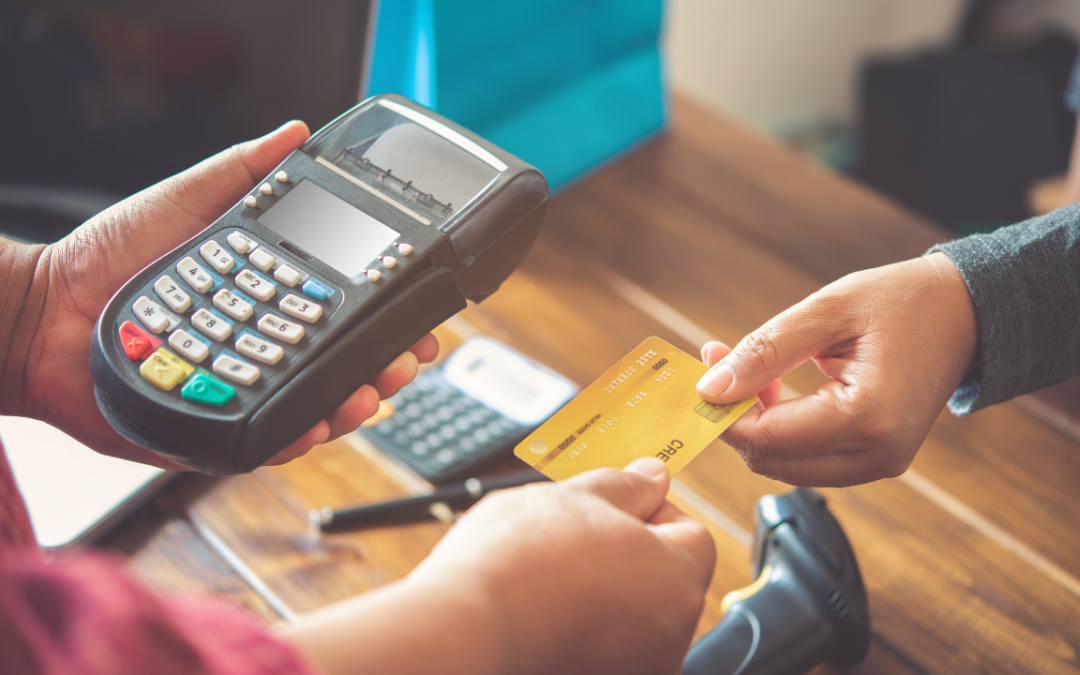In today’s consumer-driven society, impulse buying has become a prevalent behavior that influences purchasing decisions. This phenomenon is not merely a result of random actions but is deeply rooted in the psychology of spending. Understanding the psychological factors that drive impulse buying is crucial for individuals seeking to gain control over their spending habits.
The Impulse Buying Psychology
Impulse buying is characterized by the urge to make unplanned purchases, often triggered by external stimuli such as advertising, product displays, or peer influence. At the core of this behavior lies the interplay of various psychological factors that compel individuals to succumb to impulsive purchases.
Emotional Triggers
Emotions play a significant role in driving impulse buying. Marketers leverage emotional appeal in advertising to evoke feelings of excitement, desire, or fear of missing out (FOMO), prompting consumers to make impulsive decisions driven by their emotional state.
Cognitive Biases
Cognitive biases, such as the anchoring effect or the scarcity heuristic, can lead individuals to overvalue a product’s benefits or perceive it as more desirable than it actually is. These biases distort rational decision-making and contribute to impulsive purchasing.
Instant Gratification
The allure of immediate satisfaction often overrides long-term considerations. Impulse buyers seek instant gratification and derive pleasure from the act of purchasing, regardless of the actual need for the item.
Social Influence
Social factors, including peer pressure and social validation, can significantly impact impulse buying behavior. Individuals may feel compelled to make purchases to fit in with social norms or to emulate the lifestyles of others.
Controlling Impulse Buys
Recognizing the psychological underpinnings of impulse buying is the first step towards regaining control over spending habits. By implementing strategies informed by this understanding, individuals can mitigate the impact of impulse buying on their financial well-being.
Mindful Awareness
Developing mindfulness around one’s spending habits can help individuals recognize the emotional and cognitive triggers that lead to impulsive purchases. By being conscious of these triggers, individuals can pause and evaluate their purchasing decisions more critically.
Delayed Gratification
Practicing delayed gratification involves refraining from immediate purchases and taking the time to consider the necessity and long-term value of an item. Setting a cooling-off period before making a purchase can help individuals avoid succumbing to impulsive urges.
Budgeting and Planning
Creating a detailed budget and adhering to a planned shopping list can act as a safeguard against impulse buying. By setting clear financial boundaries and aligning purchases with predetermined needs, individuals can curtail impulsive spending.
Consumer Education
Educating oneself about marketing tactics, cognitive biases, and the psychology of consumer behavior can empower individuals to make more informed and deliberate purchasing decisions, reducing the influence of impulsive urges.
Understanding the psychology of spending, particularly the drivers behind impulse buying, is imperative for individuals seeking to exert control over their purchasing behavior. By acknowledging the emotional, cognitive, and social factors that contribute to impulse buying, individuals can employ targeted strategies to counteract impulsive urges and make more mindful and intentional purchasing decisions.


